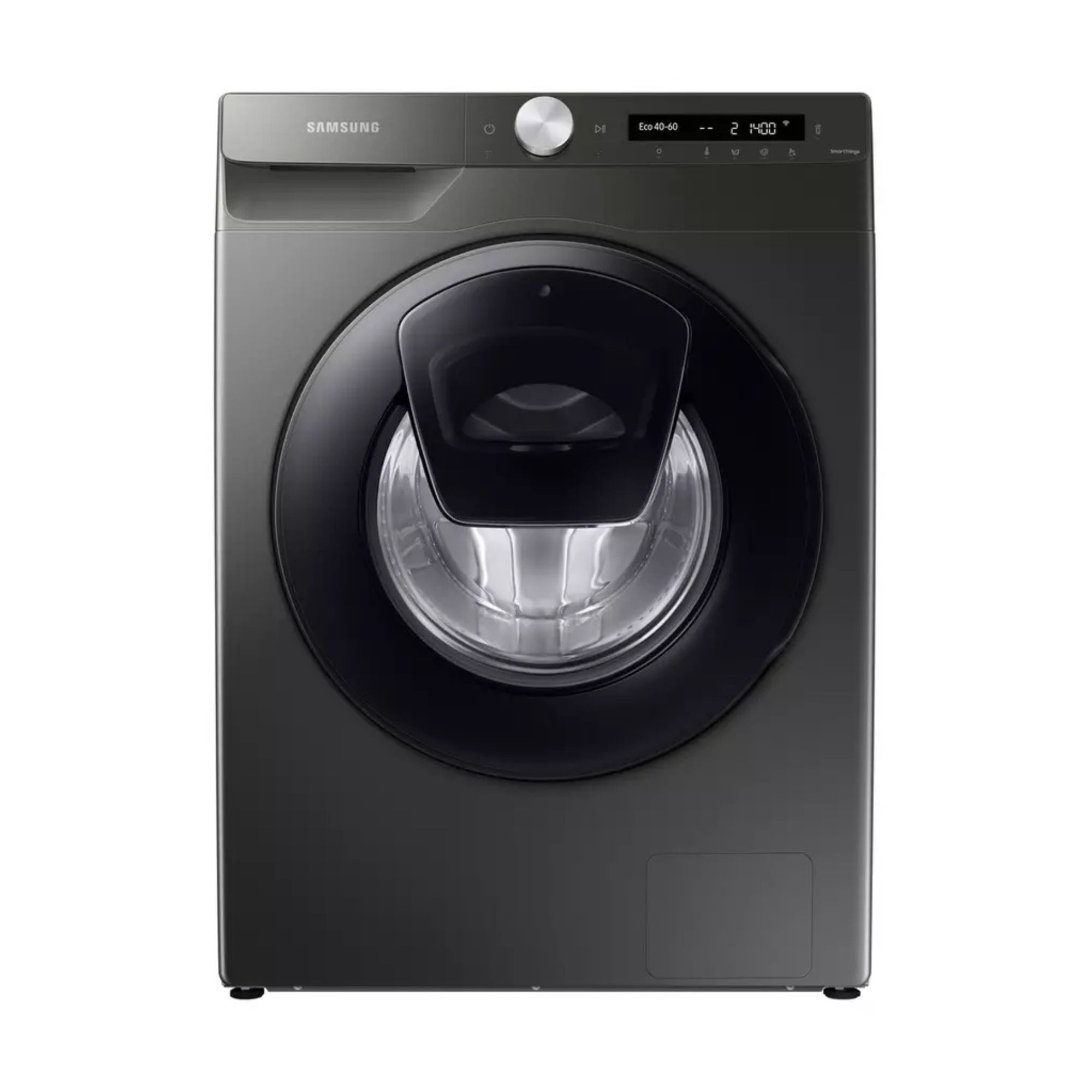I just found out that my washing machine is lying to me - this is why yours probably is too, and it's not a bad thing
Is your washing machine a liar?


As someone who works from home, I can technically pop on a wash at any point in the day… but it’s not as simple as that. From the sheer noise of the washing machine to the time it takes for clothes to dry, I’ve had to start planning my washing cycle down to the last minute to ensure it finishes at the perfect time. But even that’s not as easy as it sounds, as washing machines are constantly lying to us.
Yes, while you might focus all of your attention cleaning your washing machine and understanding how much it costs to run a washing machine, it’s also important to understand the timings of this appliance. And if you ever decide to sit down in front of your machine and wait out the last five minutes of the cycle, you’ll quickly realise that the last minute goes on for A LOT longer than it should.
So, why does a washing machine get stuck on 1 minute? I decided to reach out to an expert and see what they had to say - and they’ve explained that your washing machine lying to you is actually a good thing.

Why your washing machine lies to you
Experiencing your washing machine lying to you about the end cycle time can be incredibly infuriating. I’ve had many situations where my washing cycle has finished at least five minutes after it was supposed to - meaning I had to wait until after my meeting to pop it on the line or my favourite appliance, one of the best heated airers. And when left in the machine too long, it’s easy for clothes to start smelling musty.
So, what’s the deal? Well, Katy Roberts, washing machine expert at AO.com, says, ‘While it may seem that your washing machine is lying to you, there are good reasons for why your washing machine is ‘stuck’ on one minute. The obvious excuses would be that your machine is doing its best to ensure your clothes are cleaned and rinsed.’
This essentially means that your washing machine will take longer to finish the cycle if you’ve overloaded it with too much laundry detergent - especially if you use a laundry detergent alternative and don’t quite know how much to use for one load. By taking that extra few minutes to spin and drain away the excess water and detergent, your clothes should smell fresher and dry quicker as a result.

However, that’s not all. Katy adds, ‘Many washing machines have sensors that detect if the load is balanced before it starts its final spin. If your appliance detects an imbalanced or uneven load, this can make that final minute stretch much longer. To combat this, try to distribute your clothes evenly in the drum to help your washing machine reach its balance faster.’
Sign up to our newsletter for style inspiration, real homes, project and garden advice and shopping know-how
If this happens regularly, you may also have to upgrade your washing machine to one that can handle a bigger load - especially if you’re planning on growing your family in the next few years. You can also use laundry bags to prevent overloading, as these will allow you to control how much you put into the machine at once.

Of course, temperature can play a huge part in your washing machine lying to you, too. And just as the best temperature to wash towels exists for a reason, so do the other temperature settings on your washing machine.
‘If you’re popping a wash on that uses a specific temperature setting, whenever water is added to your machine that isn’t at that temperature for rinsing or spinning, this can cause a delay in its cycle,’ explains Katy. ‘ Be mindful of this and why not try to run a cooler cycle next time you’re washing a load?’
In fact, this is the case across the board if you want your washing machine to stop lying to you, as choosing the correct settings and temperatures that suit your needs will ensure that the cycle finishes when it should. If you don’t, you’ll just have to be a bit more patient.
FAQs
How long should a normal washing machine cycle take?
The average washing machine cycle can take anywhere from 1-2 hours, as this ultimately depends on your machine. Of course, that doesn’t mean that you have to use the normal cycle when washing your clothes.
You could opt for a quick wash if you’re in a rush, or you could opt for a heavier-duty cycle if you’re washing items that are heavily soiled. That’s before we mention an eco cycle, which can last upwards of 3 hours due to the low temperatures used.
So, you need to find a cycle that works for you, your clothes, and your schedule.
Is a 30-minute wash long enough?
If you have a small load and your clothes are only slightly soiled, a 30-minute wash should be long enough. However, if you are putting on a normal load and some of the items have stains or are heavily soiled, this definitely won’t be long enough, and you may find that the clothing still smells and doesn’t look as clean as you’d want.
That’s why it’s also so important to tailor your wash cycle to each individual load of washing, so you’re choosing the right one and won’t have to pop them in the wash again.
So, your washing doesn't have to be a liar...

Lauren Bradbury has been the Content Editor for the House Manual section since January 2025 but worked with the team as a freelancer for a year and a half before that. She graduated with a Bachelor’s degree in English and Creative Writing from the University of Chichester in 2016. Then, she dipped her toe into the world of content writing, primarily focusing on home content. After years of agency work, she decided to take the plunge and become a full-time freelancer for online publications, including Real Homes and Ideal Home, before taking on this permanent role. Now, she spends her days searching for the best decluttering and cleaning hacks and creating handy how-to guides for homeowners and renters alike, as well as testing vacuums as part of her role as the Ideal Home Certified Expert in Training on Vacuums, having spent over 110 hours testing different vacuum models to date!


